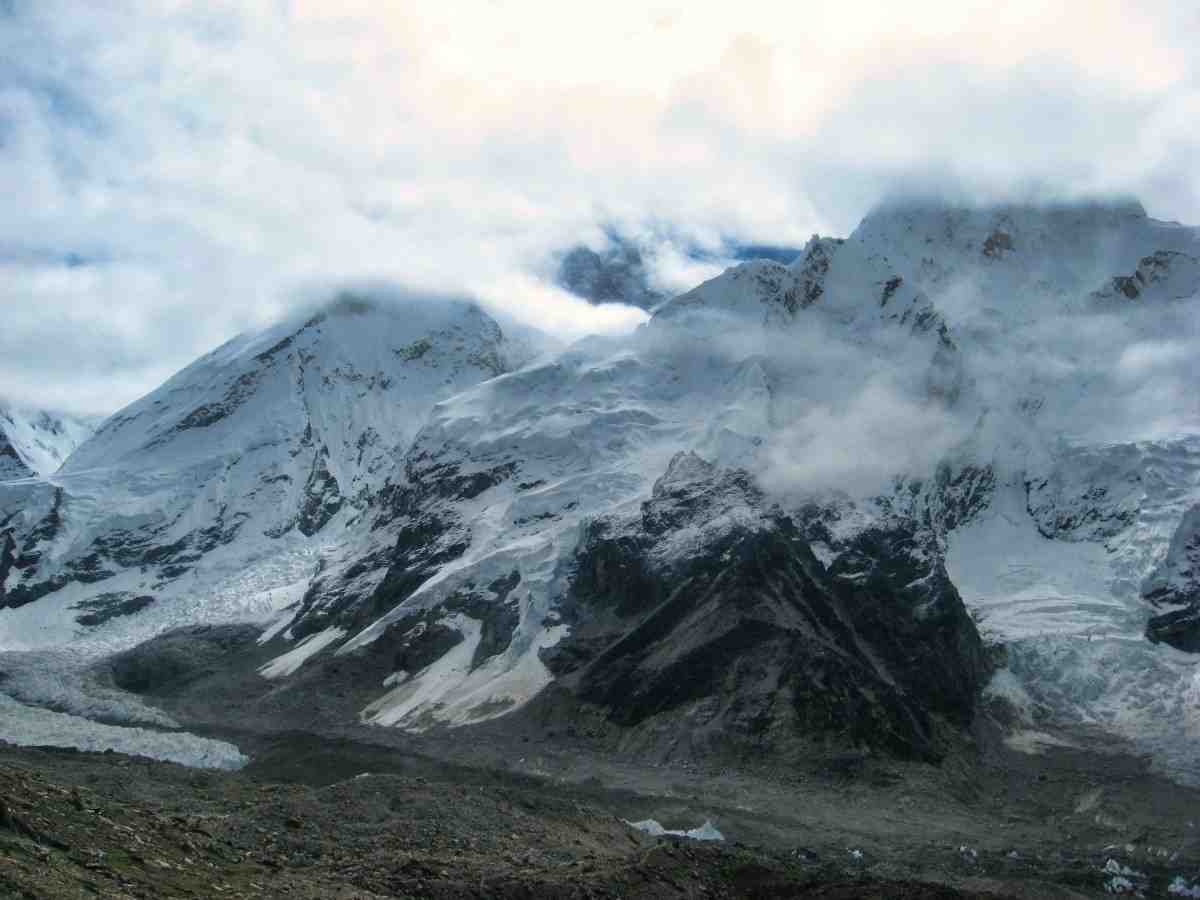


The trail to Everest Base Camp is not just about reaching a destination but learning what you are truly capable of.
Most people know about the Everest Base Camp Trek because of its connection to the world’s tallest mountain. But this trail is not just about climbing or looking at mountains. It is a personal test. The path walks you through Sherpa villages, age-old monasteries, peaceful forests, and wide open lands of ice and rock.
The trek begins after a flight to Lukla. It might feel like a small airport, but for trekkers, it is the start of something much bigger. As soon as you step off the plane, the mountain air, the voices of porters, and the colorful prayer flags give a sense that you are now part of something different. You walk, sometimes in silence and sometimes with stories, for days. Each day takes you deeper into the Khumbu region.
Everest Views Are Not Just Seen Once
Mount Everest is not the only high peak in the region. You walk in the shadow of mountains like Lhotse, Nuptse, Ama Dablam, and more. The view changes every hour, sometimes hidden by mist and sometimes clear as glass.
Local Culture Is Alive in Every Village
Villages like Namche Bazaar, Tengboche, and Dingboche are more than stopovers. These places show how people live in high altitudes. You will see locals spinning prayer wheels, children going to school in thick jackets, and old men carrying loads with a smile.
Teahouses Make It Warm Even in the Cold
Food and shelter are basic but comforting. Teahouses provide dal bhat, tea, and warmth. You hear stories from people around the world over dinner. These moments build quiet friendships.
You Learn to Respect Your Body and Mind
Walking at high altitude is not just physical. It teaches you to slow down and listen. Acclimatization days are necessary. Rushing brings risk. You breathe harder, walk slower, and sleep lighter. But every morning, you get up again.
Namche Bazaar
It is the biggest town in the Khumbu region. There are bakeries, gear shops, and views of Kongde Ri. It also helps your body adjust to the altitude.
Tengboche Monastery
This spiritual place stands at over 3800 meters. It is calm, and monks perform their evening chants as the sun sets behind the mountains.
Kala Patthar Viewpoint
Although Base Camp itself does not offer the best view of Everest, Kala Patthar does. It is one of the highest points you will reach on the trek and gives a direct look at the summit.
Everest Base Camp
Reaching it is an emotional moment. There is no big gate or flag. Just rocks, ice, and a quiet sense of success.
Physical Fitness Matters
Even if you are not a professional athlete, basic training helps. Long walks, stair climbing, and cardio workouts prepare your body.
Acclimatization Is the Key to Safety
You must allow your body to adjust to the altitude. Good agencies plan rest days that allow your system to catch up.
Weather Can Change Fast
Even in the dry season, the sky can go from clear to cloudy within an hour. Always carry a jacket and waterproof layers.
Guides Make the Journey Smoother
Many people choose to go without a guide, but hiring one adds safety and comfort. A local guide knows how to handle altitude problems, find the right lodges, and share deeper stories.
The best months are March to May and October to early December. Spring brings rhododendron blooms, while autumn skies are dry and clear. Winter and monsoon months are more risky due to snow and rain.
Choosing a local company means you support the local economy and get real-time help from people who know the trails. At Nepal Social Treks, we take care of permits, guides, porters, and everything else so that you can walk freely and focus on the journey.
